8 February 2025
In the age of smartphones, photography has undergone a dramatic transformation. Gone are the days when capturing stunning images required bulky DSLR cameras and an arsenal of lenses. Today, we’ve got sleek, pocket-sized devices that can accomplish feats once only achievable by professional photographers. How is this possible? Well, folks, the answer lies in computational imaging.
Now, if you’re wondering what on earth computational imaging is, don’t worry. Stick around, and by the end of this article, you’ll not only know what it is, but also how it’s revolutionizing smartphone photography and changing the way we capture life’s precious moments.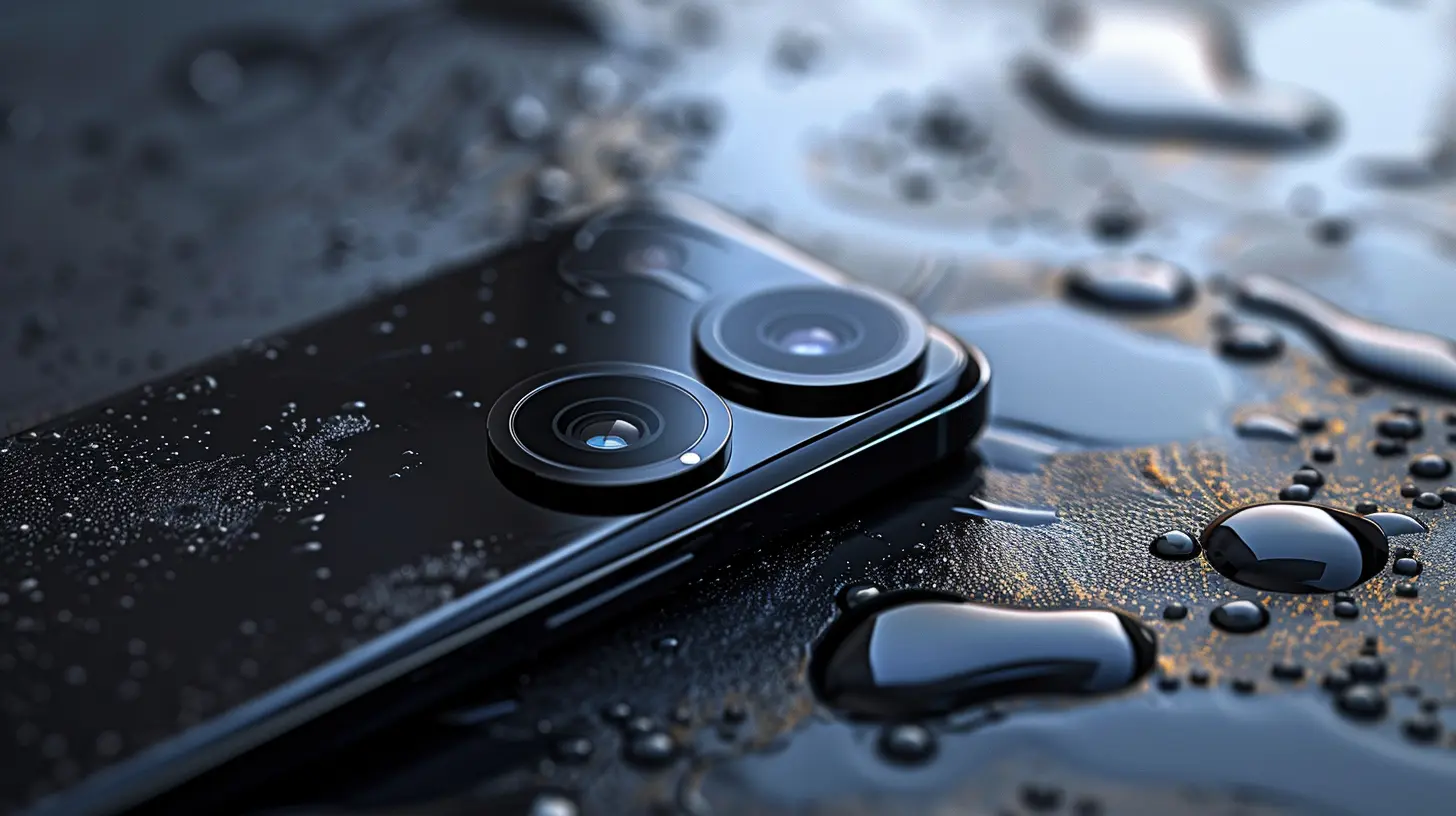
What is Computational Imaging?
At its core, computational imaging is the use of software algorithms to enhance and process images beyond what the camera hardware alone can achieve. In other words, it’s like giving your smartphone brainpower to understand and improve pictures. It’s the magic sauce that turns an average photo into something spectacular.Traditional cameras rely solely on physical lenses and sensors to capture light and create images. Computational imaging, on the other hand, uses math and algorithms to make sense of the data captured by the camera and improve the final output. It’s like the difference between cooking a meal from scratch versus using a recipe with precise instructions — with computational imaging, your smartphone knows exactly how to enhance your photos.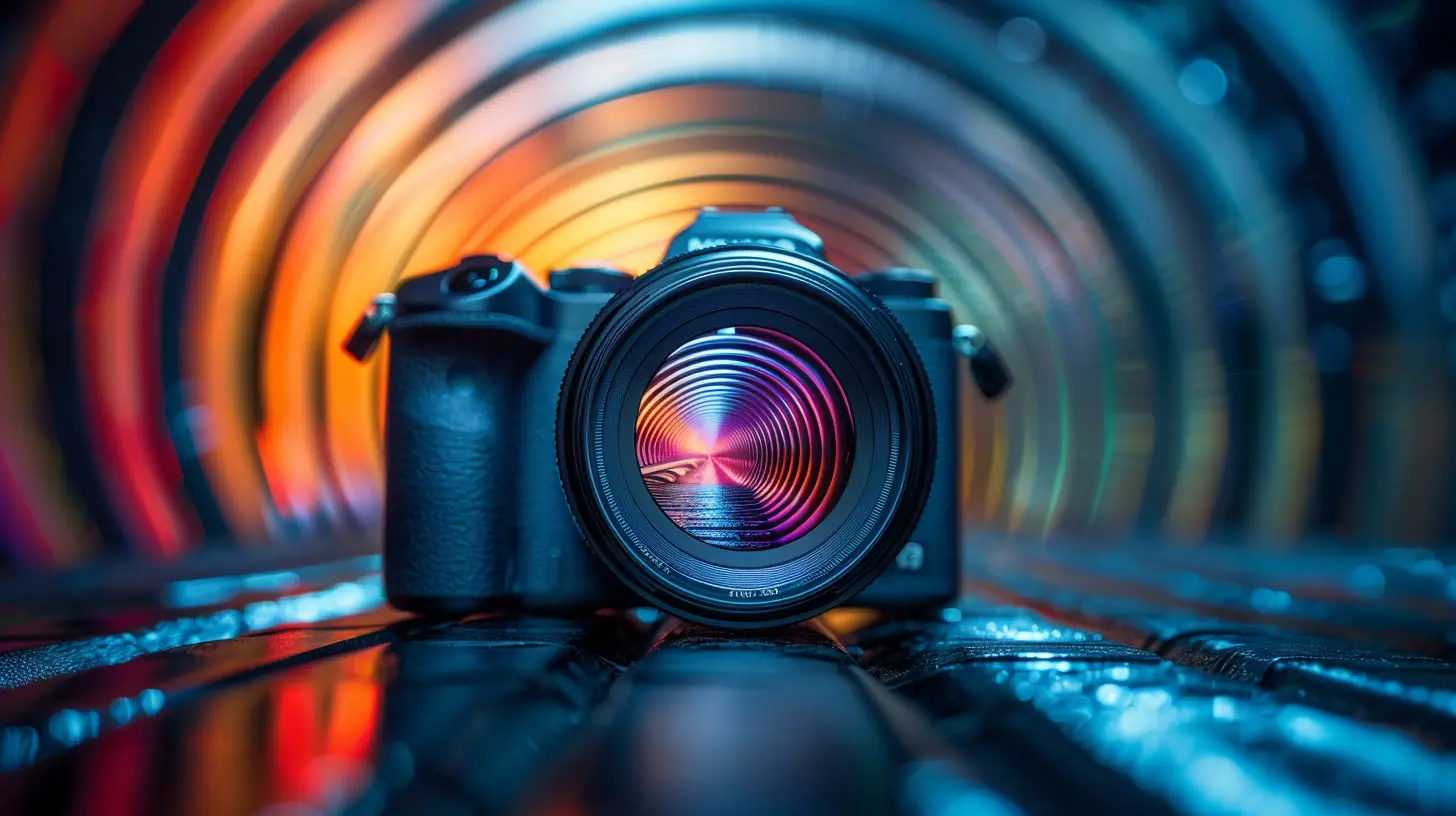
The Rise of Smartphone Photography: From Snapshots to Masterpieces
Not too long ago, smartphones were used for nothing more than quick, casual snaps. The cameras were basic, offering limited control over things like focus, exposure, and color. But in just a few short years, we’ve seen significant leaps forward.Thanks to advancements in computational imaging, smartphones have become powerful tools, capable of producing high-quality images that rival those taken with professional cameras. Whether you're capturing a sunset, a portrait, or even a fast-moving pet, your smartphone can now handle it all — and it often does so with surprising accuracy.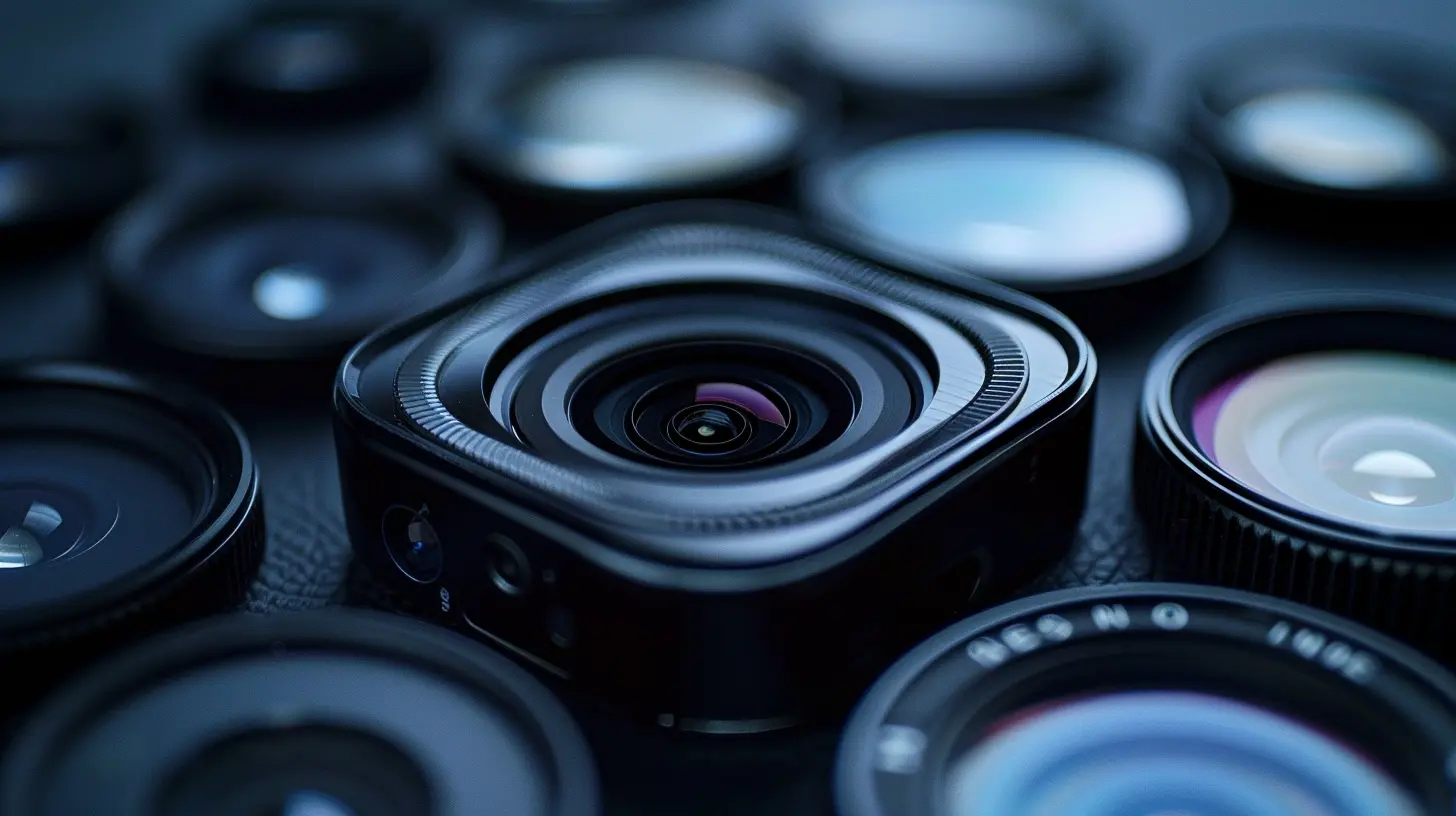
How Computational Imaging Works in Smartphones
Alright, let’s dive a little deeper. How exactly does computational imaging work?1. Image Stacking
Have you ever noticed that when you take a photo, especially in low light, the camera takes a moment to process it? That’s because your smartphone is doing some heavy lifting behind the scenes. One technique it uses is called image stacking.When you snap a picture, the phone doesn’t just take one photo — it captures multiple images in rapid succession. Then, using algorithms, it combines the best parts of each image to produce a final shot that’s sharper, clearer, and more detailed. This technique is particularly useful in low-light settings or when dealing with high dynamic range (HDR) scenes.
2. HDR (High Dynamic Range)
Speaking of HDR, this is another area where computational imaging shines. Have you ever tried taking a photo of a bright sky only to end up with either an overexposed sky or an underexposed foreground? HDR solves that problem.Your smartphone takes multiple exposures of the same scene — one for the highlights, one for the midtones, and one for the shadows — and then merges them together. The result? A perfectly balanced image where you can see detail in both the bright sky and the darker foreground.
3. Portrait Mode and Depth Sensing
Portrait mode is a fan favorite, and it’s all thanks to computational imaging. Ever wondered how your phone creates that beautiful background blur (known as bokeh) while keeping the subject in sharp focus? It uses depth-sensing technology and software algorithms to separate the subject from the background.By analyzing the scene and identifying different layers, your phone can intelligently blur the background while maintaining a crisp and clear subject. This feature is especially popular in portrait and macro photography, giving smartphone users the ability to mimic the effects of expensive DSLR lenses.
4. Night Mode
Taking photos in dimly lit environments used to be a nightmare. But with computational imaging, smartphones have managed to crack the code on night mode.Night mode operates by capturing a series of images with different exposures over a longer period of time. These images are then combined to bring out the details in the scene without introducing too much noise. The result? Crisp, bright photos even in near-total darkness. This is nothing short of a miracle for night owls and partygoers!
5. Super-Resolution and Zoom
Remember the days when zooming in on a smartphone camera resulted in pixelated nightmares? Computational imaging has changed that too. Super-resolution algorithms use machine learning to analyze the image and add details that might not have been captured by the camera sensor alone.Similarly, new hybrid zoom technologies combine optical and digital zoom to allow you to get closer to your subject without sacrificing quality. So, whether you’re photographing the moon or trying to capture a distant building, your smartphone’s zoom is way more capable than you think.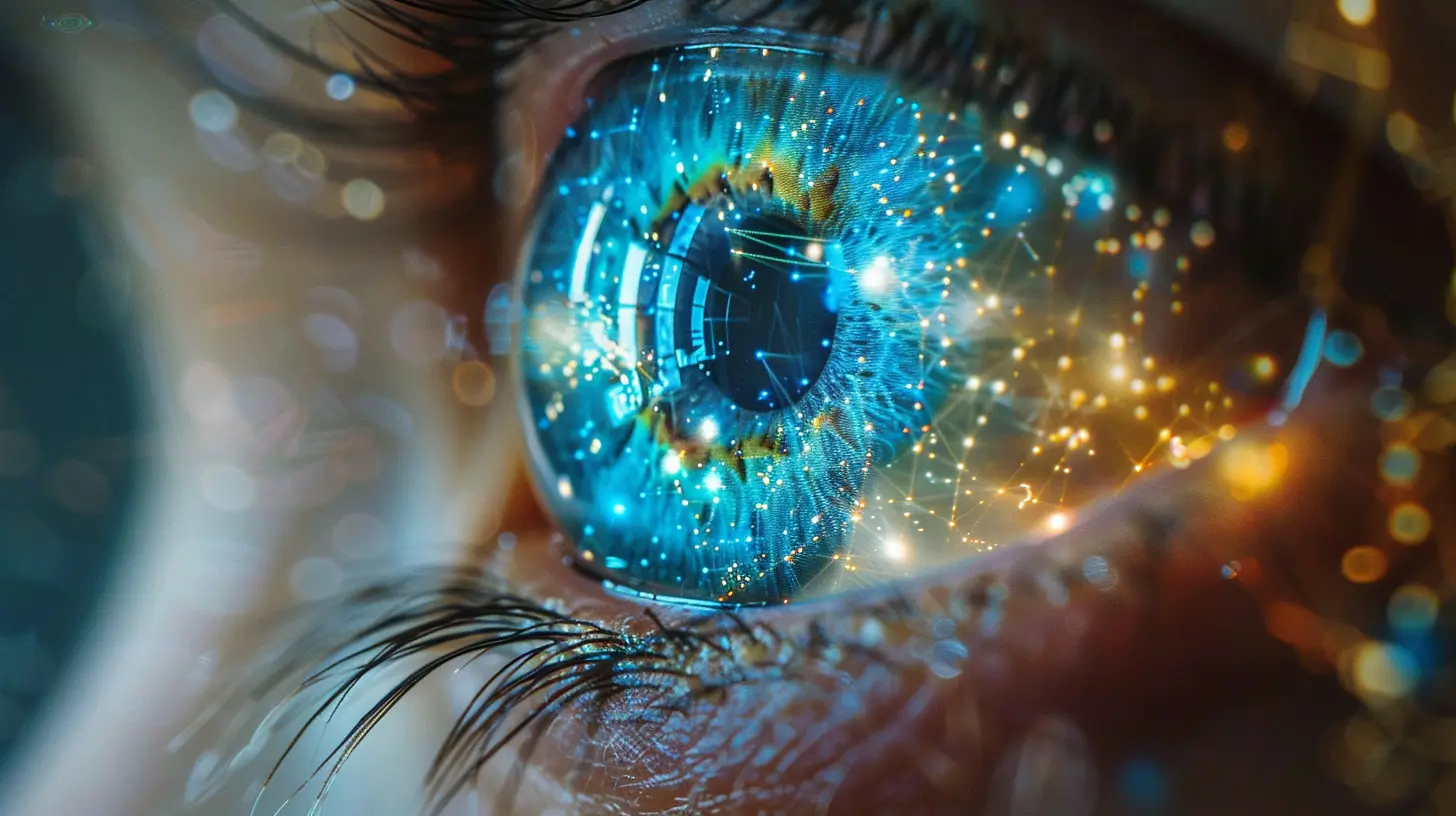
AI-Powered Features and Machine Learning
It’s impossible to talk about computational imaging without mentioning artificial intelligence (AI) and machine learning. These technologies are at the heart of many of the advancements in smartphone photography.The AI in your smartphone can recognize scenes, identify faces, and even anticipate what you’re about to take a photo of. For instance, have you noticed how your phone's camera can instantly detect whether you're photographing food, a person, or a landscape? AI analyzes the scene in real-time and adjusts the camera settings to ensure the best possible outcome.
Moreover, as AI learns from the millions of photos it processes, it gets better at enhancing images over time. In essence, your smartphone camera is constantly evolving, becoming smarter with each update.
The Impact on Professional Photography
So, what does all this mean for professional photographers? Are smartphones replacing traditional cameras?The short answer is: not quite — at least, not yet. While computational imaging has made significant strides in narrowing the gap between smartphones and traditional cameras, there are still areas where DSLRs and mirrorless cameras reign supreme, such as in resolution, lens variety, and manual control.
However, smartphones are rapidly catching up, and in many cases, they’re becoming the go-to tool for everyday photography. For example, professional photographers now use smartphones for things like street and travel photography, where portability is key. Additionally, many social media influencers and content creators rely on smartphone cameras to produce high-quality photos and videos, thanks to the convenience and growing capabilities of computational imaging.
Smartphone Photography in the Future
Looking ahead, it’s clear that computational imaging will continue to evolve and shape the future of photography. We can expect even more sophisticated AI, better integration of hardware and software, and new features that we haven’t even imagined yet.One area to watch is augmented reality (AR). With AR capabilities improving all the time, future smartphones may allow us to capture not just photos of the real world, but to overlay digital elements in real-time, blending reality and imagination in ways that are hard to grasp today.
Conclusion: The New Era of Photography
It’s pretty incredible to think about how far we’ve come. Not too long ago, the idea of taking professional-quality photos with a phone seemed laughable. But here we are, living in a world where computational imaging is pushing the boundaries of what’s possible with smartphone photography.Whether you’re a casual snapper or an aspiring photographer, there’s no denying that smartphones have democratized photography, making it accessible to everyone. And with the power of computational imaging, the era of blurry, low-quality mobile photos is officially over.
So next time you whip out your phone to take a photo, remember — it’s not just a camera; it’s a tiny computer working hard to give you the best shot possible.

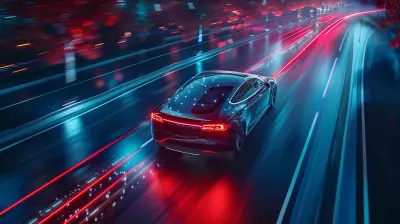
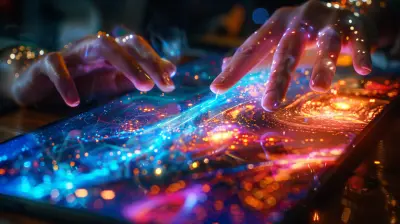




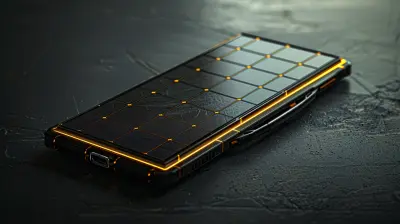

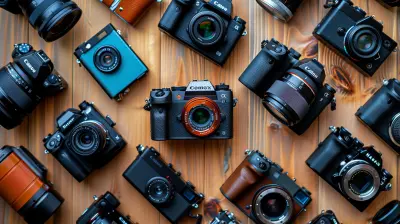
Fennec Carter
Absolutely love how smartphones are revolutionizing photography! 🎉 Computational imaging makes capturing stunning moments so accessible. Can't wait to see what creative magic we can all achieve with just a pocket-sized camera! 📸✨
March 5, 2025 at 9:21 PM